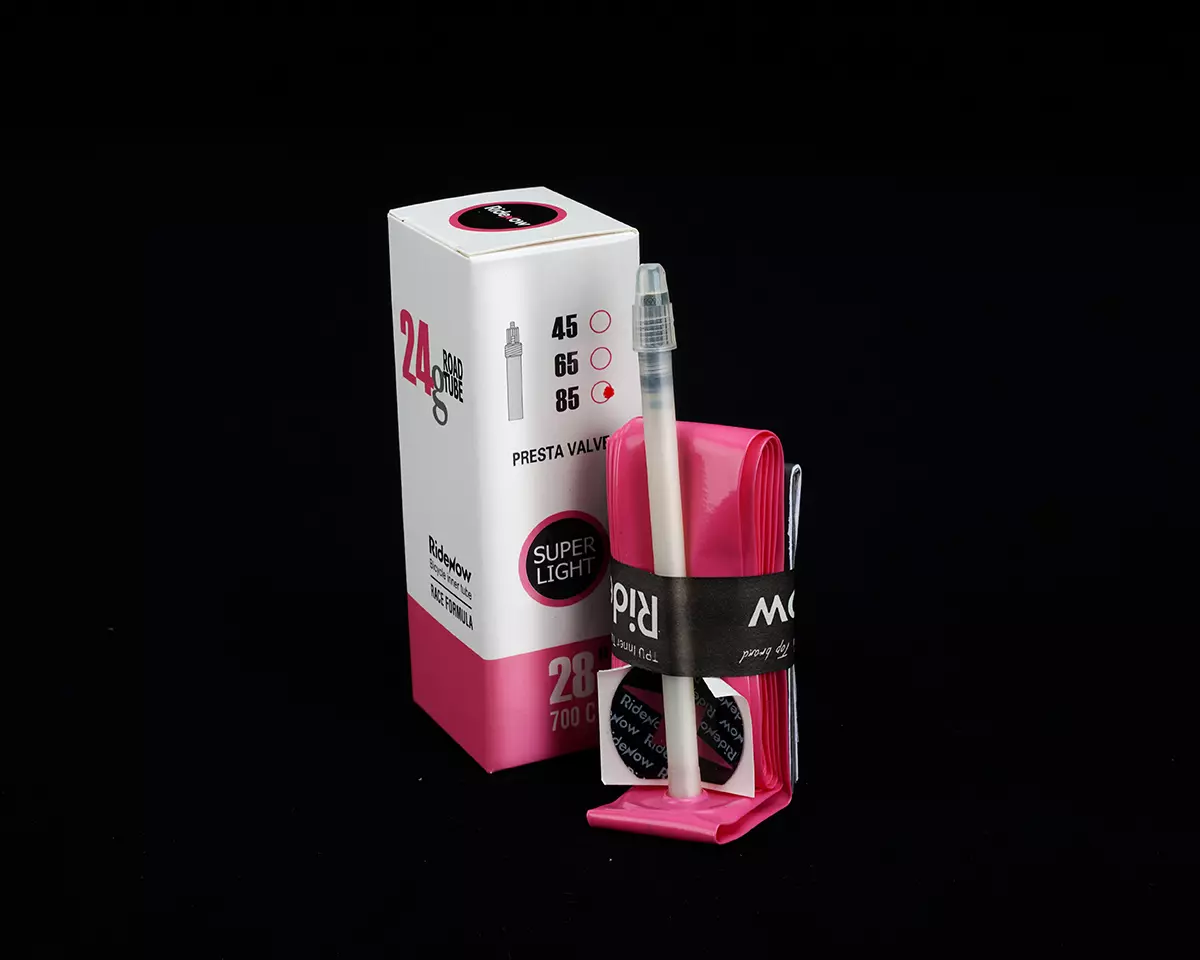I recently bought TPU tubes, but I am having a hard time understanding what PSI I should get it up to. I have tried several different Bike Tire Calculators none of them have options for "TPU" tubes, and all give different answers. Please help me.
My Info:
Bike: 20lbs
Rider: 183lbs
Gear: anywhere from 2-5 lbs based on if I am decked out in winter gear or not
Tires: 28mm (700x28mm) Road tires
Rims: I'm not sure of the Rim width, but the only measurement I found on the rim is says 622x15c. The rims are 18 years old. It had 23mm tires on, but I upgraded to 28mm a few months back.
Tubes: Thinvik TPU 700ccx18-32c with 65mm presta valve
When I was using my Butyl Tubes I was running them about 74lbs int he front and 77lbs in the rear.
If you could tell me how you figured out what the PSI should be, (like the bike calculator equation or website) would be helpful moving forward.
Thanks in advance!
My Info:
Bike: 20lbs
Rider: 183lbs
Gear: anywhere from 2-5 lbs based on if I am decked out in winter gear or not
Tires: 28mm (700x28mm) Road tires
Rims: I'm not sure of the Rim width, but the only measurement I found on the rim is says 622x15c. The rims are 18 years old. It had 23mm tires on, but I upgraded to 28mm a few months back.
Tubes: Thinvik TPU 700ccx18-32c with 65mm presta valve
When I was using my Butyl Tubes I was running them about 74lbs int he front and 77lbs in the rear.
If you could tell me how you figured out what the PSI should be, (like the bike calculator equation or website) would be helpful moving forward.
Thanks in advance!







